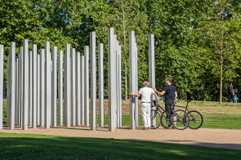Report / Global
Room to grieve
Tragic events not only form part of our collective memory but also take on a palpable presence in the form of memorials. We travelled to London, New York and Medellín to find out how architects around the world go about translating mourning, such a personal experience, into very public and very concrete structures.
Many of us are drawn to cities for their vitality and promise. While most designers, architects and city-planners work towards improving some aspect of urban life, however others are charged with the less straightforward brief of creating spaces or monuments that commemorate less palatable parts of a city’s past. With the recent 70th anniversaries of the Hiroshima and Nagasaki atomic bombings, the wrangle over how best to commemorate the Utøya massacre in Norway and the ongoing debate about Ground Zero in New York, a more complicated aspect of urban design is emerging. How do you create a monument that’s both unflinching yet not overbearing? Can a single structure or space ever please all of any city’s residents? Most memorials court controversy before becoming part of the city in which they’re built. We sought out three such projects in the UK, New Zealand and Colombia and talked to their designers about the tough task of making the painful memorable and encouraging reflection, meditation and – perhaps in time – closure.
London: after the attacks
In 2005, four bombs were detonated on London’s transport system. Four years later a memorial for the 52 lives lost was unveiled in a quiet corner of Hyde Park that today serves as a focus for remembrance and contemplation in the heart of one of the world’s busiest cities.
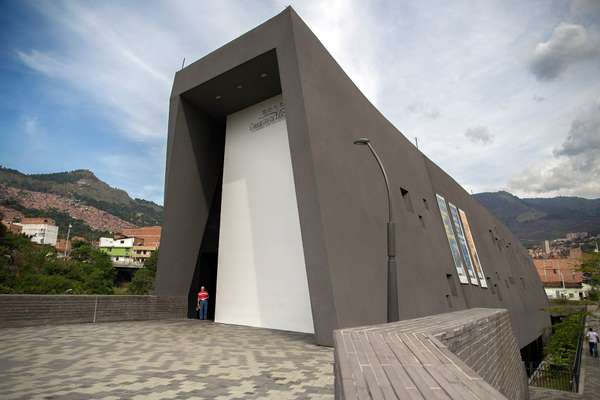
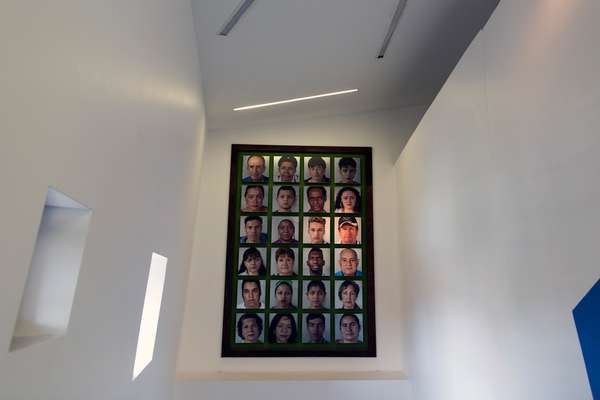
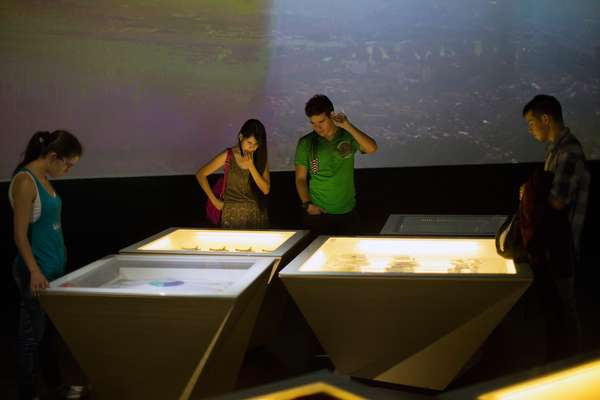
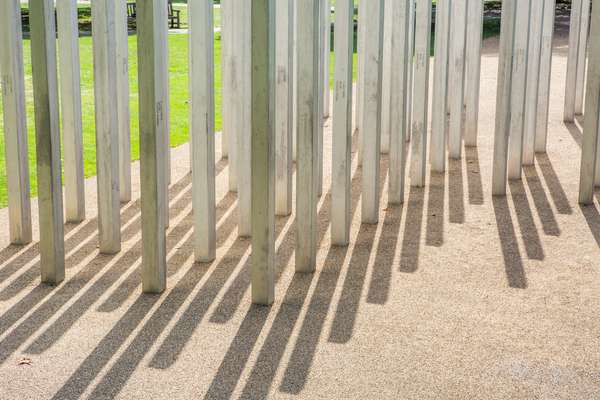
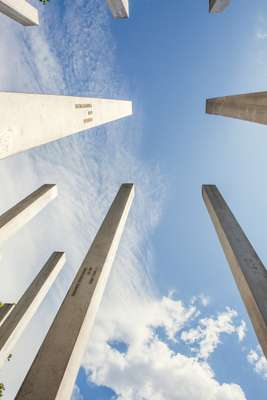
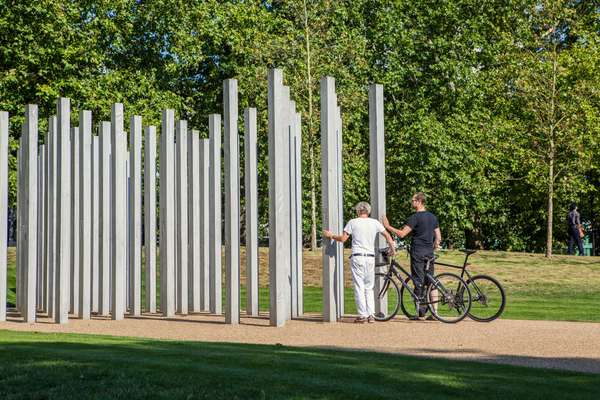
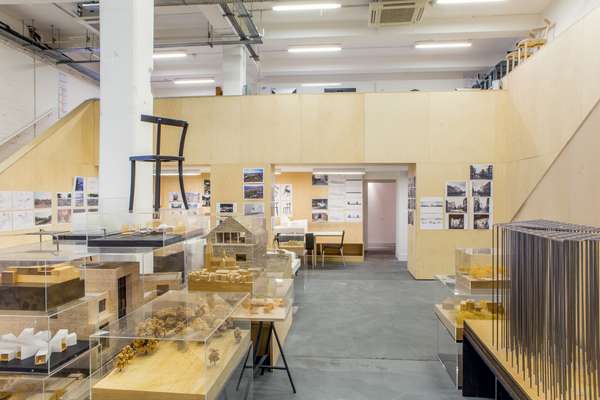
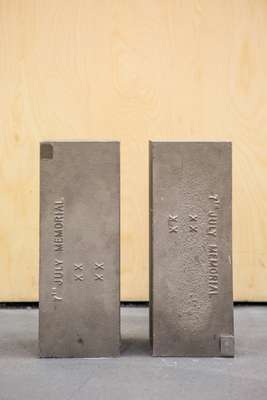
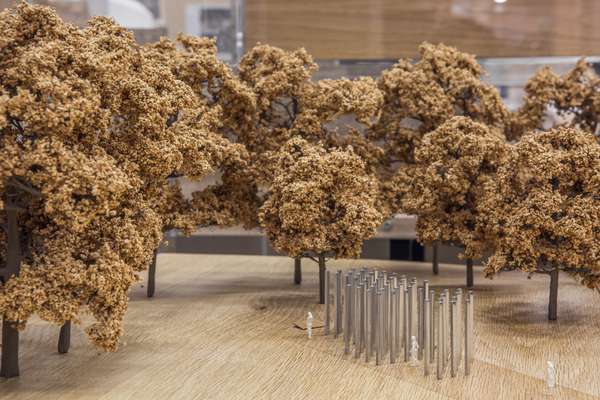
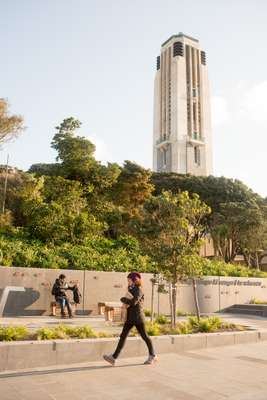

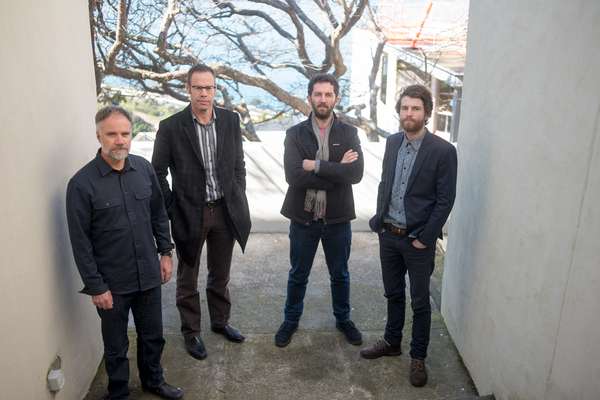
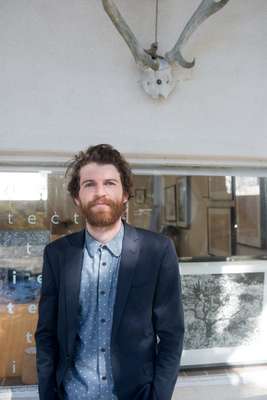
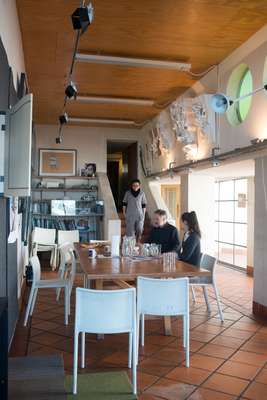

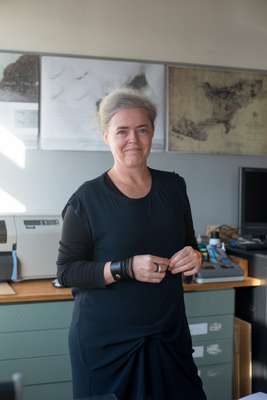
The team responsible for its design, Carmody Groarke, belongs to a lineage of UK architects who have turned their hand to the design of these contemplative pieces, from John Soane’s family tomb in Old St Pancras Churchyard (that inspired the now iconic London Postbox) to Edwin Lutyens’ Portland stone cenotaph in Whitehall. While a building is often designed to serve a particular function, memorials serve a less tangible, more ornamental role in daily life. Typically built from stone or concrete, their meanings must be plain and their importance unambiguously clear to generations.
It is a task that Kevin Carmody and Andrew Groarke have spent plenty of time thinking through. “We attempted to understand the profound impact of a single loss of life alongside the effect of the collective loss on society as a whole,” says Groarke. At the time of their commission in 2007, memories of the event were still fresh in people’s minds. The final design came about after more than a year of discussions with the bereaved families and the UK government, and features 52 stelae cast in stainless steel and arranged in four interwoven clusters. “The stelae are not intended to be surrogate graves,” says Carmody, “but stark representations of the loss of each life.”
In order to achieve a tactile surface, a sand-casting process was developed in a foundry in Sheffield. An imprint of the surface pattern was carved on wooden moulds, onto which molten metal was poured. The resulting surface – which has a coarse appearance – glows softly in the sunlight, drawing you towards it with an almost magnetic allure. Each stela is inscribed with the time and location of each detonation and embossed in a typeface designed by British typographer Phil Baines with the characters forged into the steel. A nearby plaque, also cast in a single stainless-steel block, records the victims’ names.
Carmody and Groarke believe that architecture has the capacity to record cultural meaning in the way that it is made. In this project, Groarke says, the memorial “uses the language of abstract, elemental architecture to provide a permanent reminder for generations to come about a moment in London’s history”.
About the studio:
London-based Carmody Groarke was established in 2006. Their Filling Station in King’s Cross won multiple awards following its completion in 2012 and they are also behind a portfolio of successful exhibition and gallery designs, as well as a studio facility for Sir Antony Gormley. They are currently developing designs for the Windermere Steamboat Museum in the Lake District.
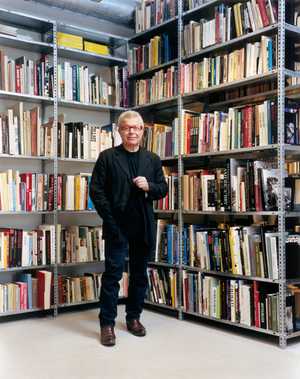
Q&A: Daniel Libeskind
Daniel Libeskind is the Polish-American architect behind the development of Ground Zero, the former site of the Twin Towers in New York. His previous commissions include the Jewish Museum in Berlin as well as two Holocaust museums: one in Toronto and another pending approval in the Netherlands. We asked him about the importance of memory in city life and how his past informs his work.
What are the considerations when making a memorial?
Without memory we would have no idea who we are, where we have come from or where we are going. Memory is not about nostalgia, sentimentality or metaphors: it can create a sense of the irreversibility of the past but also of the beauty of the future.
How do you balance all the contrary opinions on such divisive developments and is consensus ever actually possible?
There’s always going to be opposition. In the beginning there were many different ideas. This is New York: you’re going to have 20 million different opinions. But if you have an idea – if you, as I do, believe in democracy – it’s no good just to scream from the top down. You have to create a consensus so the people agree, even though initially people have started with diametrically opposed ideas of what to do on the site. You have to be able to take some punches then wipe your bloody nose and go on.
How does your background inform or influence your work?
First of all, I’m Jewish. I was born in Poland under communism, under a totalitarian system where you were basically a prisoner in a country, where there was anti-Semitism, hatred and an oppressive government. That had a big impact. Democracy isn’t something you take for granted. You fight for it. Ground Zero was a very participatory project; it wasn’t just sitting in some ivory tower making drawings. It was really about being out on the streets, talking to people. Now I’m building the largest residential tower not only in Warsaw but in Europe and I see that, wow: communism is gone, oppression is gone, Polish culture is coming back. What an amazing time to reassert the rights of human beings and the freedom of the individual. That has a big impact on how I think.
Is there a sense that memorials can outlive the controversy that surrounds their construction?
I’m on my fifth governor of New York, my sixth governor of New Jersey, my seventh head of Port Authority and my third mayor [of New York] so you have to outlive the politics and really care about what you’re doing. Since I started working, thousands of people have moved to lower Manhattan and that’s proof of what this site is about. It was a vacuum, there was sadness but today it’s probably the most energetic part of New York state, certainly of New York City.

Wellington: 100 years later
Each year on 25 April, New Zealanders and Australians commemorate Gallipoli, which stands as one of the more poignant military failures of the 20th century. More than 130,000 troops lost their lives in the conflict, 2,721 of them Kiwis. It was a battle that helped forge the identity of the two young colonial nations and this year Wellington city hall has decided to commemorate a century since the ill-fated campaign with the construction of Pukeahu National War Memorial Park.
Designed by Wraight Athfield Landscape & Architecture, a joint venture between two local firms, construction took five months and was managed by three government agencies: the Ministry for Culture & Heritage, the Wellington City Council and the New Zealand Transport Agency. “It brings a rigour,” says Wraight Athfield’s director Megan Wraight of the collaborative nature of the job. “But also sometimes the public nature of these projects makes it very difficult. It can be really tough going through those meetings. Things change a lot but you need real strength.”
Pukeahu is the result of a competition to create a memorial park surrounding the National War Memorial carillon, which was built in 1926 on a busy arterial road – Buckle Street – in the middle of a particularly shabby area. Wraight Athfield won the competition by proposing the transformation of the arterial road into a spacious tree-lined boulevard that could be closed down and turned into a plaza for public events. The minister for culture and heritage got involved and campaigned for the road to be built underground and after years of negotiation the country’s transit authority agreed, creating a space at the heart of the park.
As well as playing host to formal commemorations, the site has been quickly adopted by Wellingtonians as a pleasant way of getting across town. As such it has become a memorial that encourages and celebrates the power of life and movement. “That ridge is quite amazing,” says Wraight. “There’s a very open space at the top; you feel you’re in the centre, with the memorial at your back and the city in front of you. There’s a sense of breathing space; the openness of it is very powerful.”
About the memorial:
National War Memorial Park is made up of a series of concrete bulwarks that create terraces as they spill down a slope. The walls are much heavier than they need to be and that’s deliberate: they give the place weight and heft and make it feel like an ancient military ruin. There is a square for commemorations and an expanse of terraced lawns that are planted with a combination of Turkish, Australian and New Zealand trees.
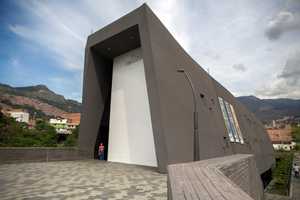
Medellín: in the midst of war
Surrounded by hillside slums and presiding over a working-class neighbourhood in downtown Medellín, the House of Memory museum opened to the public in late 2013 and pays homage to the city’s war victims from the five decades of conflict (that has claimed 220,000 lives) between the Colombian government and Farc rebels. Memorials are often erected years after a particular event to offer closure. However, the conflict commemorated here is far from over.
“The House of Memory is the first of its kind in Colombia and the only one worldwide that was built during an ongoing war,” says Juan David Botero, the museum’s architect, from his studio, Planta Baja. “That was the challenge: how to make it relevant in any post-conflict scenario.”
Botero was just 28 and working at Medellín’s Urban Development Corporation when the project, spearheaded by then mayor Alonso Salazar, unexpectedly landed on his desk. “Initially the space was supposed to be a music centre and then it changed to a museum for the city’s victims,’ says Botero. “We started from scratch. We weren’t told what it should contain; we had a lot of freedom.”
In 2009, Botero got together nine young architects to help him work on the project. He drew inspiration from existing war memorials, along with guidance from the director of Japan’s Hiroshima Peace Memorial Museum. “We looked at 150 museums across the world for ideas,” he says.
For Botero, the museum’s most rewarding feature is its location and landscaped areas. “This neighourhood was stigmatised because of its high levels of violence; now it is home to one of the city’s icons,” he says. “It’s part of reviving downtown Medellín and reclaiming public space.”
There is a stone-paved walkway that gently ascends to the museum’s imposing entrance. “By building a ramp towards the museum, I wanted to give the sense of walking towards something, arriving at something,” says Botero.
In August, the winning design for the country’s first national war museum was announced in the capital Bogotá, a project that museum director Lucia González will advise on. “It shouldn’t just be a museum but a meeting place too,” he says. “And it shouldn’t try to be a national narrative of the conflict but ensure temporary exhibits represent Colombia’s different provinces and the violence that happened there.”
About the building:
“Public buildings often don’t get a lot of funding for maintenance,” says Botero. “So it was important to use several layers of different materials such as plasterboard and polyester to make it durable.” Inside, part of the entrance forms a descending tunnel along which a painted mural depicts the faces of civilians affected by the conflict. “I wanted to give the feeling of a small space that opens up and play with light and dark.”
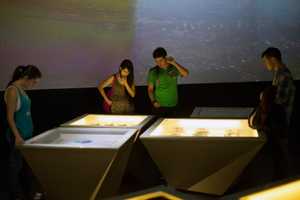
The view from our Warsaw correspondent
Monuments are built to commemorate. Yet in east-central Europe, they often mark a bygone Soviet presence that many locals would rather forget. Even though communism collapsed more than 20 years ago, these leftovers continue to be divisive. It is not just a debate among historians. In 2007, riots broke out in Tallinn, Estonia, over the relocation of the Bronze Soldier, a Soviet memorial of the Second World War. The riots left one person dead and dozens injured.
In Warsaw the skyline continues to be dominated by a Stalinist skyscraper, the Palace of Culture and Science, that marks its 60th birthday in 2015. Over the years there have been calls to remove it. There’s also a niggling feeling, though, that anything erected to replace it would probably be just as divisive.
Some cities have resorted to stealth to get rid of unwanted monuments. Vilnius, the capital of Lithuania (see issue 86), awoke one July morning to find the Soviet-era statues that had stood on the city’s historic Green Bridge since 1952 gone. Officially the ageing statues of workers, soldiers, farmers and students presented a safety hazard. “Statues of Soviet lies are too dangerous for pedestrians,” wrote mayor Remigijus Simasius on social media.
Taking down Soviet statues amounts to waging a “war against monuments”, according to the Russian Ministry of Foreign Affairs. But we still need to discuss the past in order to understand a city’s hopes for the future. Even with the controversial monument gone, wounds remain unhealed.

